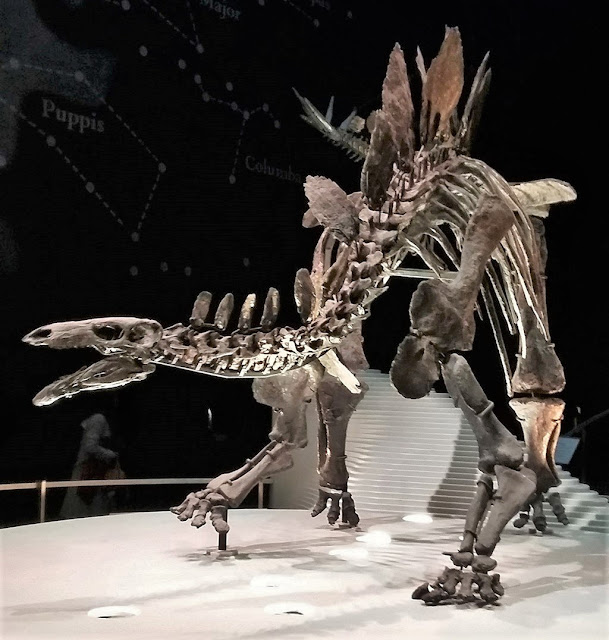Snap, crackle and rock

A macro photo of Ketton Stone, demonstrating the ooliths it is composed of A lot of photos don’t really come out like you hope they will. They are fine, yes, but nothing to write home about – bog-standard landscape shots or whatever... On the other hand, one occasionally does come out like you were really hoping it would, a landscape that takes your breath away or a detail of something you’ve seen. This was one such photo, and yes, it does look like a certain well-known breakfast cereal! I don’t think milk would soften it much, though. This particular photo is a macro shot of a piece of oolitic Lincolnshire Limestone, so we are looking at a fairly small area of it. The ooliths, which are each smaller than 1mm in diameter, are formed of layers of limestone – calcium carbonate – which have formed around a tiny piece of sand or shell. I was lucky in that when I took the photo, the sun was shining – the lighting makes all the difference i...



